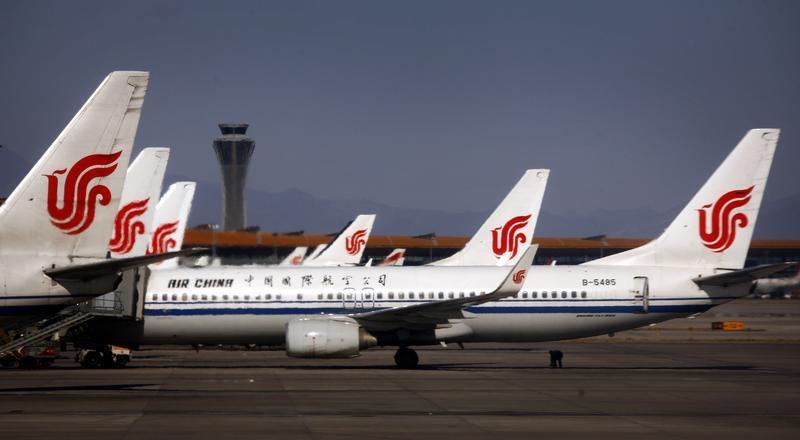Skift Take
What would have been a bad idea a year ago is a great idea right now.
Air China Ltd., the country’s flagship carrier, said profit rose 17 percent last year as the company’s decision not to use fuel hedges meant the plunging price of fuel lowered its operating costs.
Net income rose to 3.82 billion yuan ($615 million) in 2014, from 3.26 billion yuan the previous year, the Beijing- based airline said in a Hong Kong stock exchange filing late Thursday. That compared with the average profit estimate of 3.26 billion yuan in a Bloomberg survey of 15 analysts.
When energy costs were climbing through most of 2014, mainland carriers’ decision not to hedge against rising fuel costs weighed on earnings. Now, investors who expect airlines’ profits to surge as fuel prices fall are pushing up their share prices.
Oil’s plunge is reminiscent of 2008 and 2009, when Cathay Pacific Airways Ltd., Singapore Airlines Ltd. and Chinese airlines all reported millions of dollars in losses because they had locked in fuel costs at a higher level. Chinese airlines stopped hedging fuel positions after that, with Air China saying it has not set up new hedges since November 2011.
Shanghai-based China Eastern Airlines Corp., which is due to report earnings Friday, said Jan. 30 that it expected full- year profit to rise by as much as 60 percent from a year earlier, partly due to lower fuel prices. Guangzhou-based China Southern Airlines Co. is scheduled to report on Monday.
China’s three biggest airlines have surged between 47 percent and 90 percent in Hong Kong in the 12 months through Thursday, compared to the 33 percent rise in the Bloomberg World Airlines Index. Jet-fuel swaps in Singapore dropped 40.5 percent to an average of $71.05 a barrel over the same period, according to data compiled from PVM Oil Associated Ltd., a London-based broker.
Fuel Costs
Air China said in its statement that jet-fuel costs were 34.5 billion yuan last year and accounted for 35.02 percent of operating expenses, compared with 35.9 percent in 2013.
Passenger yields, a key indicator of an airline performance that measures money earned from carrying travelers each kilometer, fell 2 percent to 0.6 yuan. That led to a revenue decrease of 1.92 billion yuan, Air China said.
The country’s third-largest carrier by passengers carried 83 million passengers in 2014, up 6.9 percent from a year earlier, Air China said. The overall passenger load factor, which measures the much capacity the airline filled, declined to 79.9 percent, it said.
–With assistance from Bonnie Cao in New York.
This article was written by Clement Tan from Bloomberg and was legally licensed through the NewsCred publisher network.
![]()
The Daily Newsletter
Our daily coverage of the global travel industry. Written by editors and analysts from across Skift’s brands.
Have a confidential tip for Skift? Get in touch
Tags: air china, cathay pacific, singapore air
Photo credit: An airport worker inspects the under-carriage of Air China planes while they are parked at the terminal building of Beijing's International Airport. David Gray / Reuters
